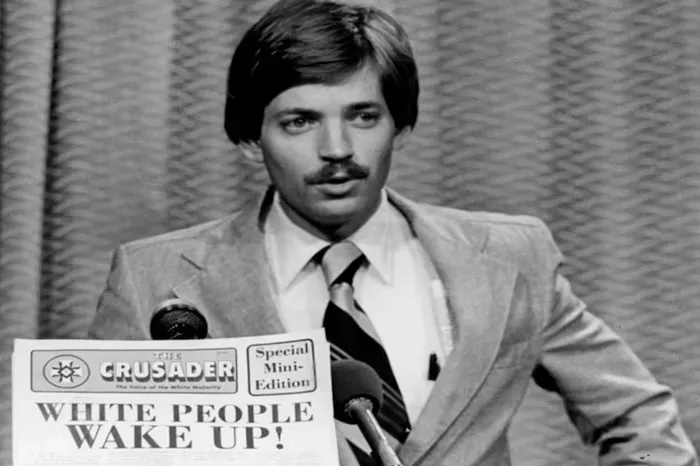Trump’s False Claims Ignite Tensions in Springfield and Aurora.
In the lead-up to the 2024 presidential election, many Americans became aware of Springfield, Ohio, and Aurora, Colorado, largely due to Donald Trump’s misleading statements about these cities. During a debate in September 2024, Trump claimed that Haitian immigrants in Ohio were stealing and eating pets. A month later, at a rally in Aurora, he labeled the city a “war zone” overrun by Venezuelan gangs.
These claims quickly gained traction, creating chaos in both communities and prompting an influx of media attention. In Springfield, the situation escalated to bomb threats.
As an anthropologist focused on immigration dynamics, I recognize this pattern as Springfield and Aurora join a growing list of small cities that have become focal points in America’s heated immigration discourse.
Historical Context of Anti-Immigrant Rhetoric
Siler City, North Carolina, offers a historical parallel. In the late 1990s, the town’s local poultry industry attracted many Latin American immigrants, resulting in a demographic shift from a predominantly white and African American population to nearly 40% Hispanic or Latino by 2000. This change led to racial tensions, exemplified by an anti-immigrant rally in 2000 featuring the notorious David Duke, a former Ku Klux Klan leader.
Duke’s inflammatory rhetoric, which claimed that immigration threatened American society, drew limited support, yet it intensified divisions in Siler City. However, many residents now view the rally as a catalyst for improved ethnic relations. Local leaders condemned the hate, and community members organized unity events.
By 2008, when I visited Siler City, residents proudly reported that white supremacist influences had diminished. Today, the city actively promotes integration through an immigrant community advisory board.
Lewiston’s Story of Resilience
Similarly, in 2002, Lewiston, Maine, faced challenges after Mayor Laurier Raymond expressed concerns over an influx of Somali refugees fleeing civil unrest. His letter, which warned of overwhelming pressures on the city, attracted attention from white supremacist groups.
In response, locals formed the “Many and One” organization. When a hate rally took place in January 2003, it drew only 36 supporters, while approximately 4,000 counter-protesters rallied in support of the Somali community. This event highlighted the community’s commitment to acceptance and unity.
Over the years, Lewiston has integrated its Somali population into its identity, fostering a narrative of resilience despite ongoing anti-immigrant sentiments. Today, it boasts one of the highest per capita populations of Somali-Americans in the country.
Looking Ahead
Springfield and Aurora, like Siler City and Lewiston, share common challenges as economically strained cities with high crime rates and low housing costs. These “emerging gateway cities” attract immigrants seeking better opportunities but also serve as targets for political figures blaming immigrants for existing issues.
In both Springfield and Aurora, residents have actively countered Trump’s false narratives. Springfield held rallies and vigils in support of the Haitian community, while Aurora’s mayor sought to emphasize the city’s safety before Trump’s visit.
As these communities navigate the divisive climate of the 2024 election, history suggests they will emerge with vibrant and integrated immigrant populations. Ultimately, the sensationalism surrounding Trump’s statements may fade, becoming a minor detail in the broader narrative of the nation’s evolving landscape.
Related topics:
- From the Desert to the Strip: How the Immigration Debate Could Impact Nevada’s Economy
- Immigration Agency Seeks Assistance to Extradite Fraud Suspect
- Immigration Firm Owner Arrested for Cheating Man


